Agriculture Reference
In-Depth Information
Scrubber and flare
N
2
gas
N
2
gas
Coolant out
Coolant out
Normal
vent
Normal
vent
Cooler
Cooler
Pressure
release
device
Pressure
release
device
Coolant in
Coolant in
Circulation
Circulation
To auxiliary tank
To auxiliary tank
2 pressure
monitors
2 pressure
monitors
Performance
Performance
Monitor
To process
distribution
To process
distribution
monitor
Temperature
monitor
Performance
Monitor
Performance
monitor
Ground surface
Ground surface
Cycle pump
Feed pump
2 tank
inventory
monitors
2 tank
inventory
monitors
Pressure
Monitor
Pressure
monitor
Normal vent
Normal vent
N
2
gas
N
2
gas
Pressure
release
device
Pressure
release
device
Pressure
release
device
Pressure
release
device
Emergency vent
Emergency vent
Unit
product
Unit
product
Sevin
Sevin
3 storage tanks
3 storage tanks
Methyl
carbamates
Methyl
carbamates
3 MIC unit tanks
3 MIC unit tanks
Scrubber
Scrubber
(See cutaway detail)
(See cutaway detail)
N
2
gas
N
2
gas
Normal vent
Normal vent
Normal vent
Normal vent
N
2
gas
N
2
gas
Pressure
release
device
Pressure
release
device
Pressure
release
device
Pressure
release
device
Flare
Flare
Emergency
vent
Emergency
vent
Emergency
vent
Emergency
vent
Flare
Flare
Scrubbers
Scrubbers
Scrubber
Scrubber
Methomyl unit tank
Methomyl unit tank
2 distribution tanks
2 distribution tanks
Figure 3.5
Methyl isocyanate
processes at the Bhopal, India,
plant circa 1984.
Adapted from W. Worthy, 1985,
“Methyl isocyanate: the chemistry of a
hazard,”
Chemical Engineering News
,
63(66), 29.
was highly cost-effective, involving only a single reaction step. A schematic of the
MIC process in shown in Figure 3.5. MIC is highly water reactive (see Table 3.1);
that is, it reacts violently with water, generating a very strong exothermic reaction
that produces carbon dioxide. When MIC vaporizes, it becomes a highly toxic
gas that, when concentrated, is highly caustic and burns tissues. This can lead to
scalding nasal and throat passages, blinding, and loss of limbs, as well as death.
An important point can be made about the information in Table 3.1. The
safety limits are based on workplace and workday scenarios (i.e., 8-hr days and
40-hr weeks). This is different, yet informative for residential building design.
For example, contaminant levels should be even more protective for residential
structure's indoor occupants, since they will be potentially exposed for larger
times (sometimes 24 hours per day for an entire lifetime).









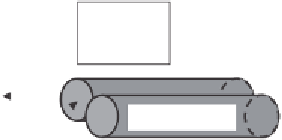



















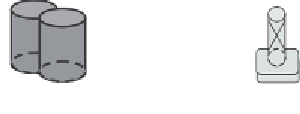


























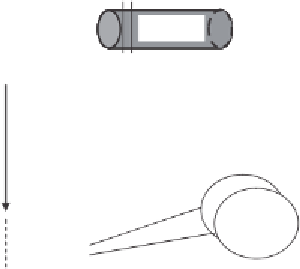















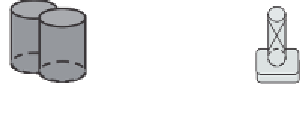




























Search WWH ::

Custom Search